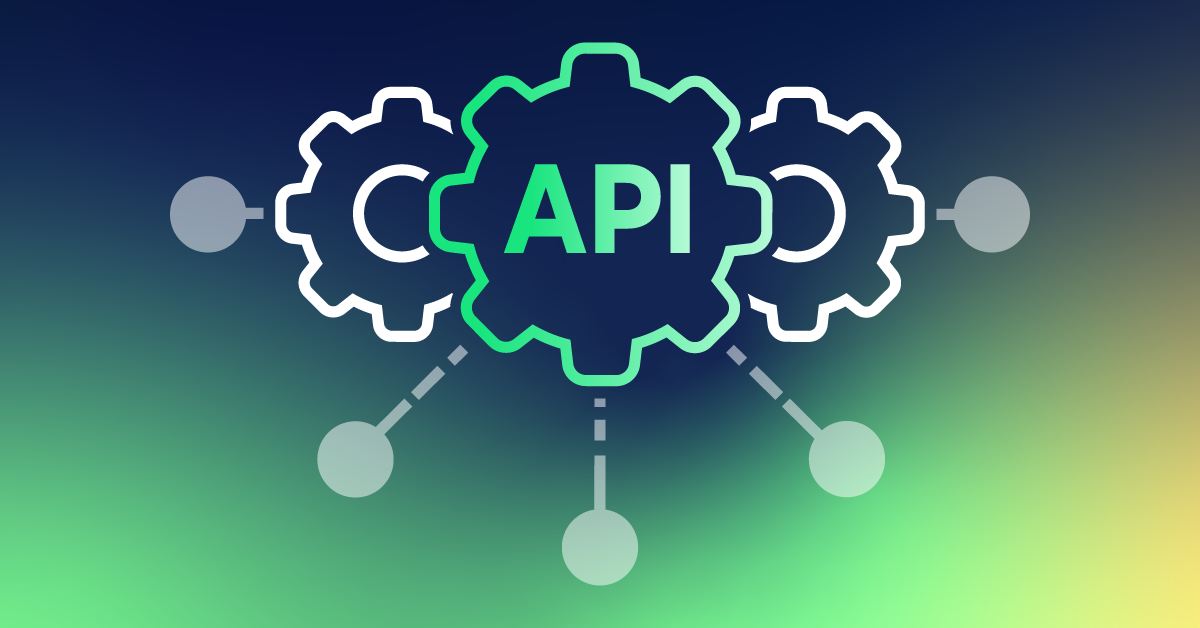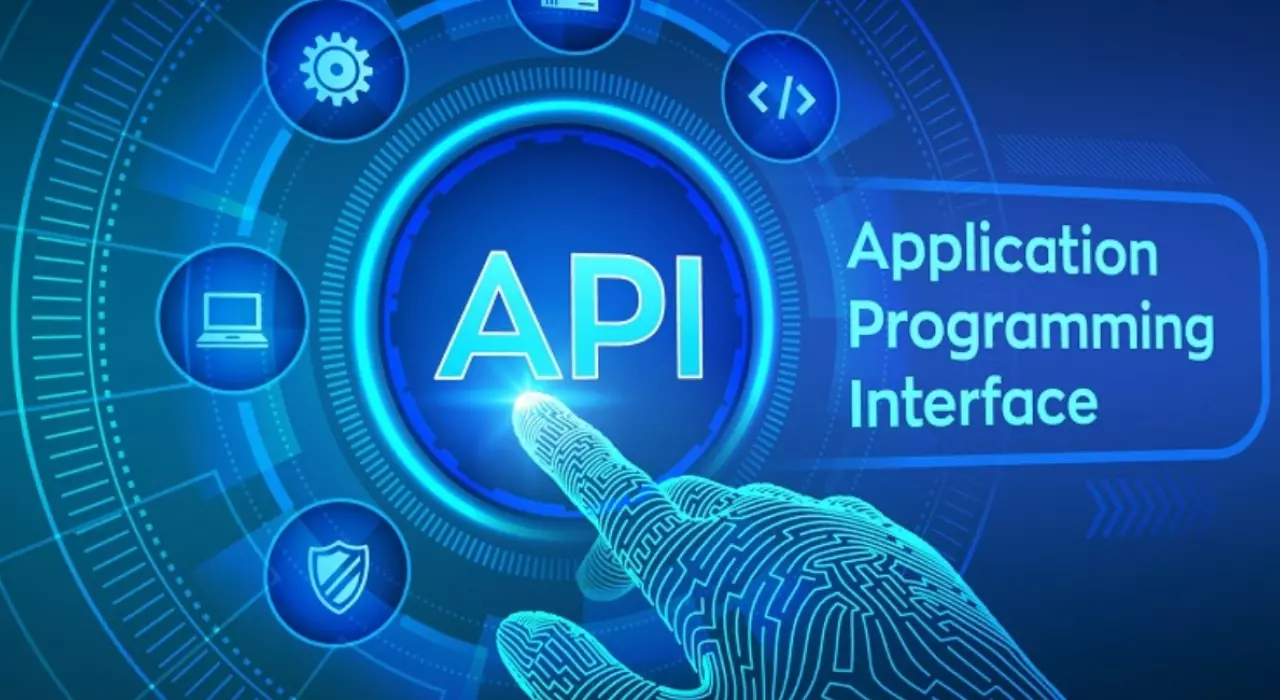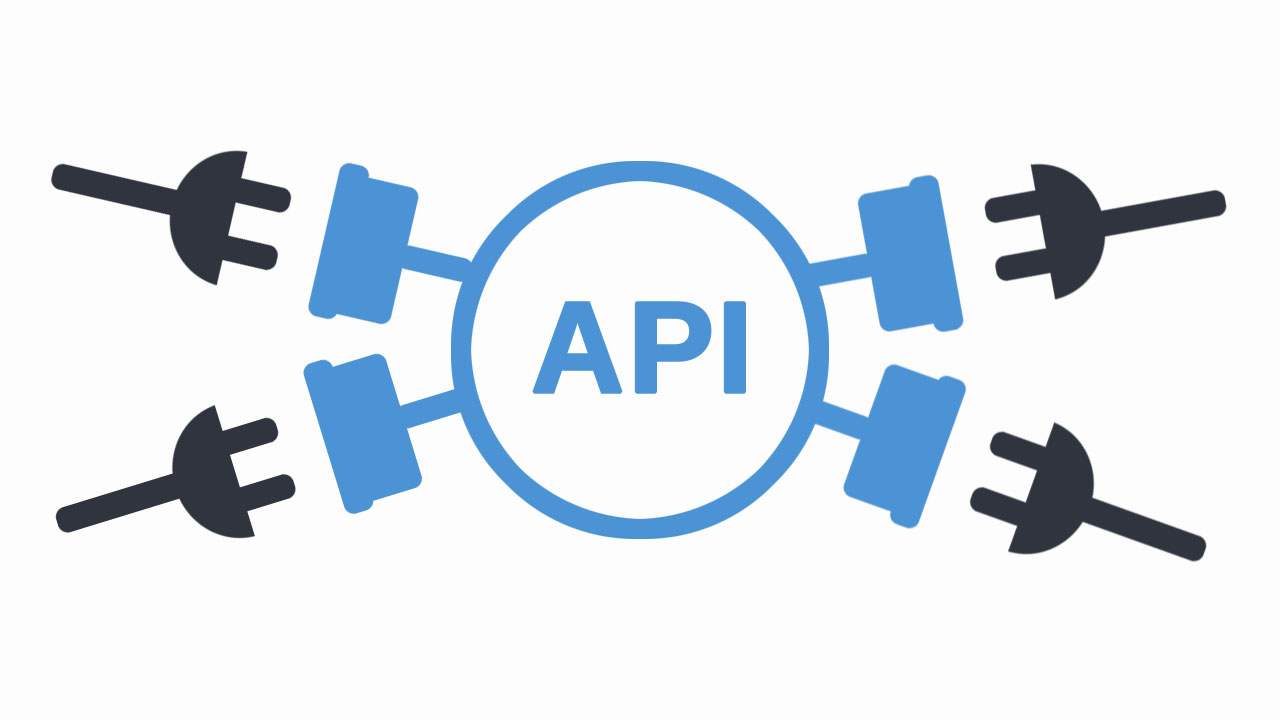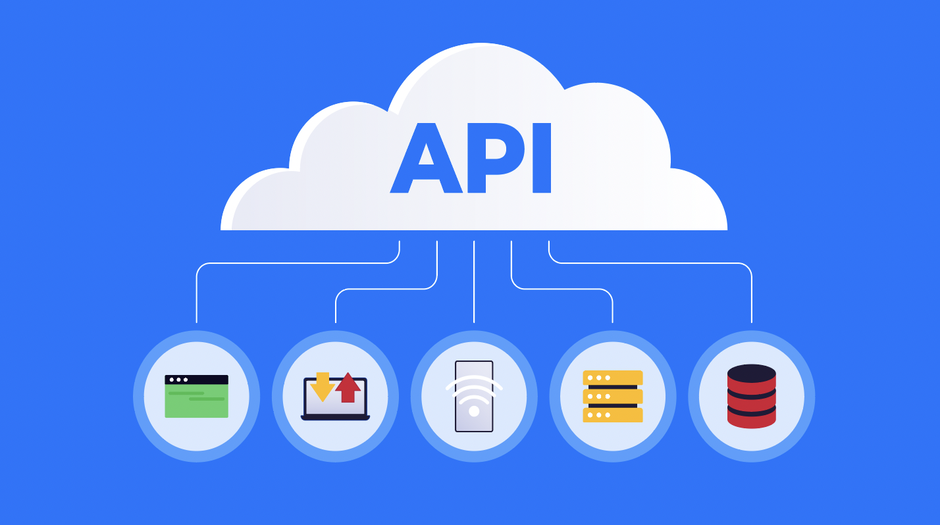An API, or Application Programming Interface, is a set of rules and protocols that enable different software applications to communicate with each other and exchange data, features, and functionality. Think of APIs as digital messengers that allow applications to “talk” to each other without exposing their internal workings. When you check the weather on your phone, use a rideshare app, or make an online payment, you’re interacting with APIs that seamlessly connect different systems behind the scenes.
APIs have become the backbone of modern digital experiences, powering everything from social media platforms to e-commerce websites. They act as intermediaries that facilitate data exchange between applications, making it possible for developers to integrate existing services rather than building everything from scratch. This revolutionary approach has transformed how software is developed and how businesses operate in our interconnected digital world.
The concept isn’t entirely new – APIs date back to the 1940s when British computer scientists Maurice Wilkes and David Wheeler programmed the Electronic Delay Storage Automatic Calculator (EDSAC) to accept basic instructions like “add,” “subtract,” and “store”. However, modern web APIs have evolved far beyond these simple commands to become sophisticated communication channels that power complex digital ecosystems.
Understanding APIs is crucial for anyone involved in technology, business, or digital marketing. Whether you’re a developer looking to integrate third-party services, a business owner seeking to streamline operations, or a marketer wanting to leverage data-driven insights, APIs provide the foundation for innovation and efficiency in today’s digital.
How APIs Work: The Request-Response Cycle

APIs operate on a fundamental request-response model where a client application sends a request to an API server and receives a response containing the requested data or confirmation of an action. This process involves several key components working together seamlessly.
The API client initiates communication by sending a request to the API server. This request can be triggered by various actions, such as a user clicking a button, entering search terms, or external events like notifications from other applications. The client acts as the intermediary between the user and the complex backend systems.
When making an API request, several components must be included for successful communication. The HTTP method specifies the type of operation (GET for retrieving data, POST for creating new data, PUT for updating, or DELETE for removing data). HTTP headers provide additional information about the request, while the request body contains any data being sent to the server.
The API server receives and processes the request, performing necessary operations such as validating input data, authenticating the client, and retrieving or manipulating information from databases. The server then sends a response back to the client, which typically includes a status code indicating the outcome, response headers with metadata, and the actual data or error messages.
Types of APIs and Their Applications
REST APIs
REST (Representational State Transfer) APIs are the most popular and flexible APIs found on the web today. They use standard HTTP methods and are designed to be stateless, meaning each request contains all the information needed to process it. REST APIs are ideal for web applications and mobile apps due to their simplicity and scalability.
SOAP APIs
SOAP (Simple Object Access Protocol) APIs use XML for message exchange between client and server. While less flexible than REST APIs, SOAP provides built-in error handling and security features, making it suitable for enterprise applications requiring strict standards and protocols.
WebSocket APIs
WebSocket APIs support two-way communication between client applications and servers, enabling real-time data exchange. They’re particularly useful for applications requiring instant updates, such as chat applications, live sports scores, or financial trading platforms.
RPC APIs
Remote Procedure Call (RPC) APIs allow clients to execute functions on remote servers as if they were local procedures. This approach simplifies distributed computing by abstracting the complexity of network communication.
Key Components of API Implementation
API Keys and Authentication

API keys serve as unique passcodes containing letters and numbers that grant access to an API. These keys authenticate applications and identify authorized users, ensuring secure access to sensitive data and functionality. Many APIs require developers to obtain keys before making requests, typically through the provider’s developer portal.
API Endpoints
API endpoints are specific URLs or routes that provide access to different functions of an API. Each endpoint corresponds to a particular resource or operation, such as retrieving user information, updating records, or processing payments. Well-designed endpoints follow consistent naming conventions and logical hierarchies.
Rate Limiting
Rate limiting controls the number of requests a user or application can make within a specific time period. This mechanism prevents abuse, ensures fair usage among all users, and maintains API performance and stability.
API Documentation: The Foundation of Success
Comprehensive API documentation serves as a technical instruction manual that provides developers with essential information about working with an API and its services. Well-designed documentation significantly improves the developer experience and contributes to API adoption and success.
Effective API documentation includes several critical sections. The overview provides a high-level understanding of the API’s purpose, key features, and benefits. The authentication section details how users can authenticate themselves and obtain necessary credentials. Endpoints documentation lists available URLs, their functionality, and request/response formats with practical examples.
The parameters section explains query parameters, headers, and request body requirements. Error handling documentation describes possible error codes, their meanings, and guidance for resolving issues. Including practical examples with sample API calls and expected responses helps developers understand the implementation quickly.
Real-World API Applications
Web Development and Mobile Apps
APIs are essential components of modern web applications and mobile apps, enabling communication between frontend interfaces and backend services. Social media apps use APIs to retrieve user feeds, post updates, and manage user interactions across different platforms.
E-commerce and Payment Processing

Online retailers rely heavily on APIs for payment processing, inventory management, and shipping calculations. When customers choose “Pay with PayPal” during checkout, APIs facilitate secure communication between the e-commerce site and payment provider.
SEO and Digital Marketing
SEO professionals leverage specialized APIs to enhance their search engine optimization efforts. Keyword research APIs provide access to search volume data, competition metrics, and related keyword suggestions. These tools enable marketers to discover new keyword opportunities, track ranking performance, and analyze competitor strategies at scale.
Popular SEO APIs include tools for keyword analysis, SERP ranking tracking, and content optimization. These APIs help digital marketers automate research processes, generate comprehensive reports, and make data-driven decisions to improve search engine rankings.
Internet of Things (IoT)
APIs enable communication between IoT devices and other systems, facilitating smart home automation, industrial monitoring, and data collection. Smart thermostats, security systems, and wearable devices all rely on APIs to exchange information with mobile apps and cloud services.
Benefits of Using APIs
APIs offer numerous advantages for businesses and developers. They accelerate development by allowing integration of existing services rather than building functionality from scratch. This approach reduces development time, costs, and complexity while improving reliability through tested, proven solutions.
APIs promote innovation and scalability by enabling businesses to expose their services to partners and third-party developers. This creates opportunities for new applications and business models while expanding market reach. Companies can focus on their core competencies while leveraging external expertise through API integrations.
Security and control are enhanced through APIs because they allow the sharing of only necessary information while keeping internal system details hidden. Organizations can implement authentication, authorization, and rate limiting to control access and protect sensitive data.
APIs also facilitate microservices architecture, where large applications are broken down into smaller, independent services that communicate through APIs. This approach improves maintainability, scalability, and enables teams to work independently on different components.
Getting Started with APIs
To begin using APIs effectively, start by identifying your specific needs and finding APIs that provide the required functionality. Research available options using search engines, developer portals, or API marketplaces. Popular platforms like RapidAPI, ProgrammableWeb, and GitHub offer extensive API directories.
Once you’ve selected an API, thoroughly read the documentation to understand its capabilities, limitations, and requirements. Pay attention to authentication methods, rate limits, and pricing structures. Many APIs offer free tiers for testing and small-scale usage.
Obtain necessary API keys and credentials through the provider’s developer portal. Test the API using tools like Postman, curl commands, or programming language libraries. Start with simple requests before implementing complex functionality.
Follow best practices such as implementing proper error handling, respecting rate limits, and caching data when appropriate. Monitor your API usage and performance to ensure optimal integration and user experience.




